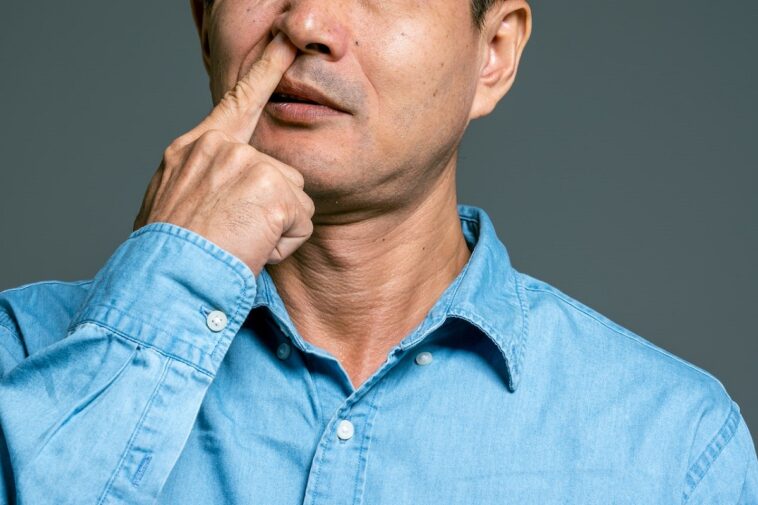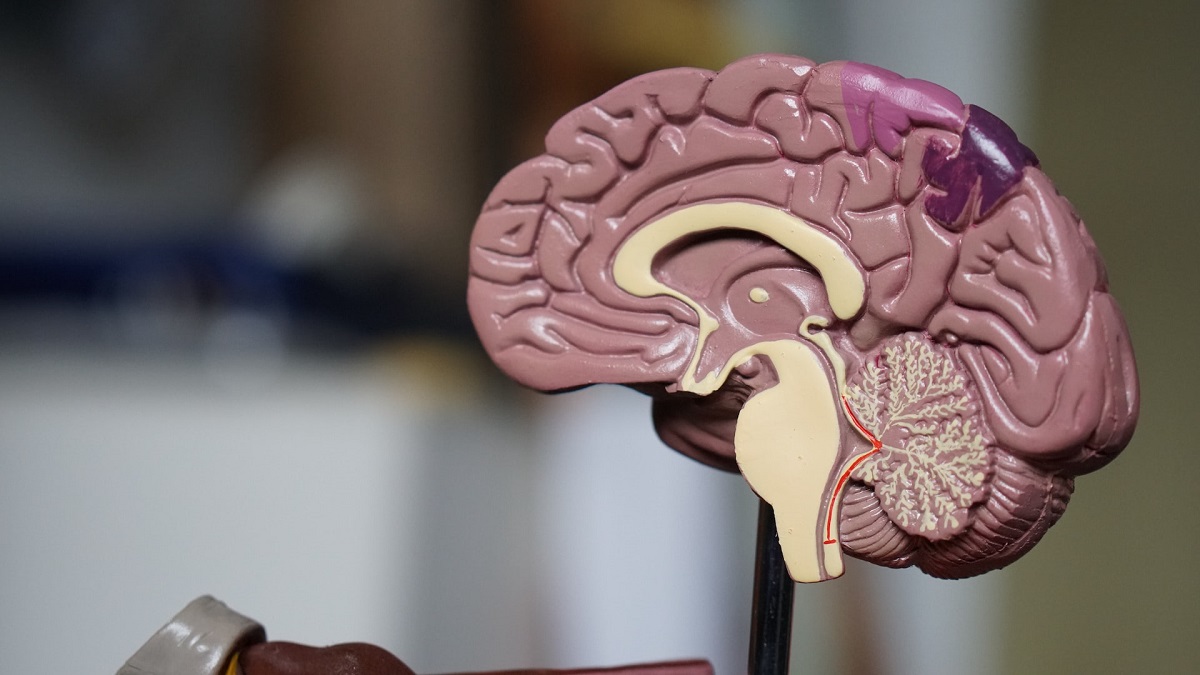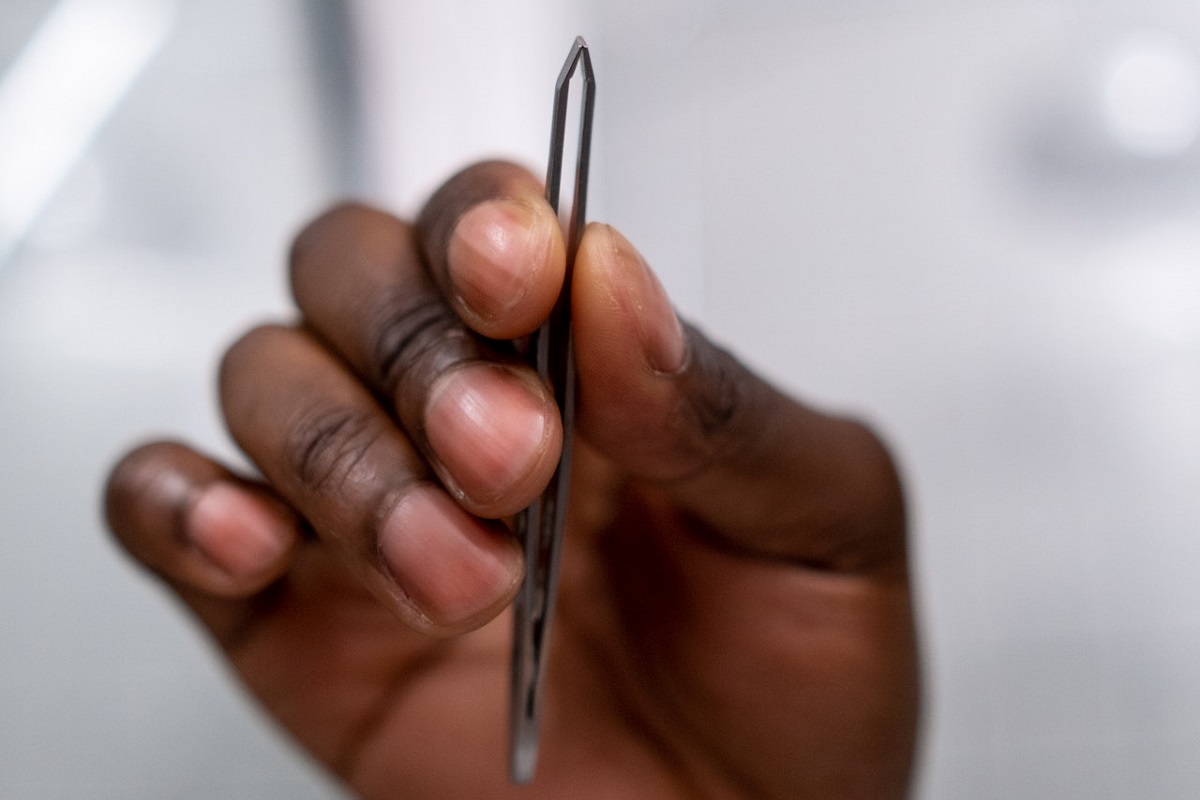A correlation between nose picking and dementia was found in a study conducted by researchers from Griffith University. While this statement still needs more supporting evidence, the potential it holds may be one great breakthrough in the world of neuroscience.[1]Chacko, A., Delbaz, A., Walkden, H. et al. Chlamydia pneumoniae can infect the central nervous system via the olfactory and trigeminal nerves and contributes to Alzheimer’s disease risk. Sci Rep 12, 2759 (2022). https://doi.org/10.1038/s41598-022-06749-9
The Chlamydia Pneumoniae Bacteria
Chlamydia pneumoniae is a type of bacteria that can cause infections in the body’s respiratory system, such as pneumonia. According to the study, this bacteria showed that it could travel through the olfactory nerve in the nose of mice and then into its brain. As it happened, certain markers were shown that were demonstrated to be a sign of Alzheimer’s disease.
The olfactory nerve between the nasal cavity and the brain was used by Chlamydia pneumoniae to pass through and invade the central nervous system. As a result, the brain cells produced the amyloid beta protein which is usually found in the brains of people with Alzheimer’s disease.
What The Researchers Say
This research was co-authored by Professor James St John who proudly stated that they were the first to show evidence of the bacteria going up the nose and brain which then demonstrated signs similar to dementia.
While the test was only done using mice as subjects, Professor St John believes that evidence of such can be threatening to humans as well.
When the central nervous system is infected, it usually goes through the blood-brain barrier as most bacteria. However, viruses and bacteria have found a shorter pathway to the brain which is the olfactory nerve. Since this cranial nerve is found easily in the nose, it becomes directly exposed to air and to other disease-causing organisms.
Applying The Study To Humans
The team at Clem Jones Center for Neurobiology and Stem Cell Research, headed by Professor St John, is planning to take the next step and prove that this research can be useful to humans as well.
While the olfactory nerve exists in both mice and humans, the next phase of research will have to prove that the same pathway operates similarly.
Professor St John also mentioned that this research about nose picking and dementia has already been proposed by others in the past but never really had the chance to conduct its study. Since Chlamydia pneumoniae is also present in humans, it is only necessary for this study to go on to the next phase.
Lowering The Risk Of Alzheimer’s Disease
As the researchers suggest, nose-picking can be dangerous and hurt the linings inside your nose, making it more susceptible to viruses and bacteria. This simple step can help lower the risk of potentially developing dementia in your later years. Plucking the hairs in your nose is discouraged as well.
Professor St John has also mentioned that smell tests can help determine if you’re at risk for Alzheimer’s disease since the loss of sense of smell is one of its early indicators. He suggests that when a person reaches the age of 60, they should take smell tests as the risk of dementia goes up as they age.
Although age is not the only factor, exposure to environments with viruses and bacteria is also considered. And this is why it’s critical for the researchers to conduct the same study in humans.
While there are many other factors that can cause Alzheimer’s disease, a healthy lifestyle is still your best choice to help prevent other diseases. Share this article with anyone who might find this information helpful.
References





